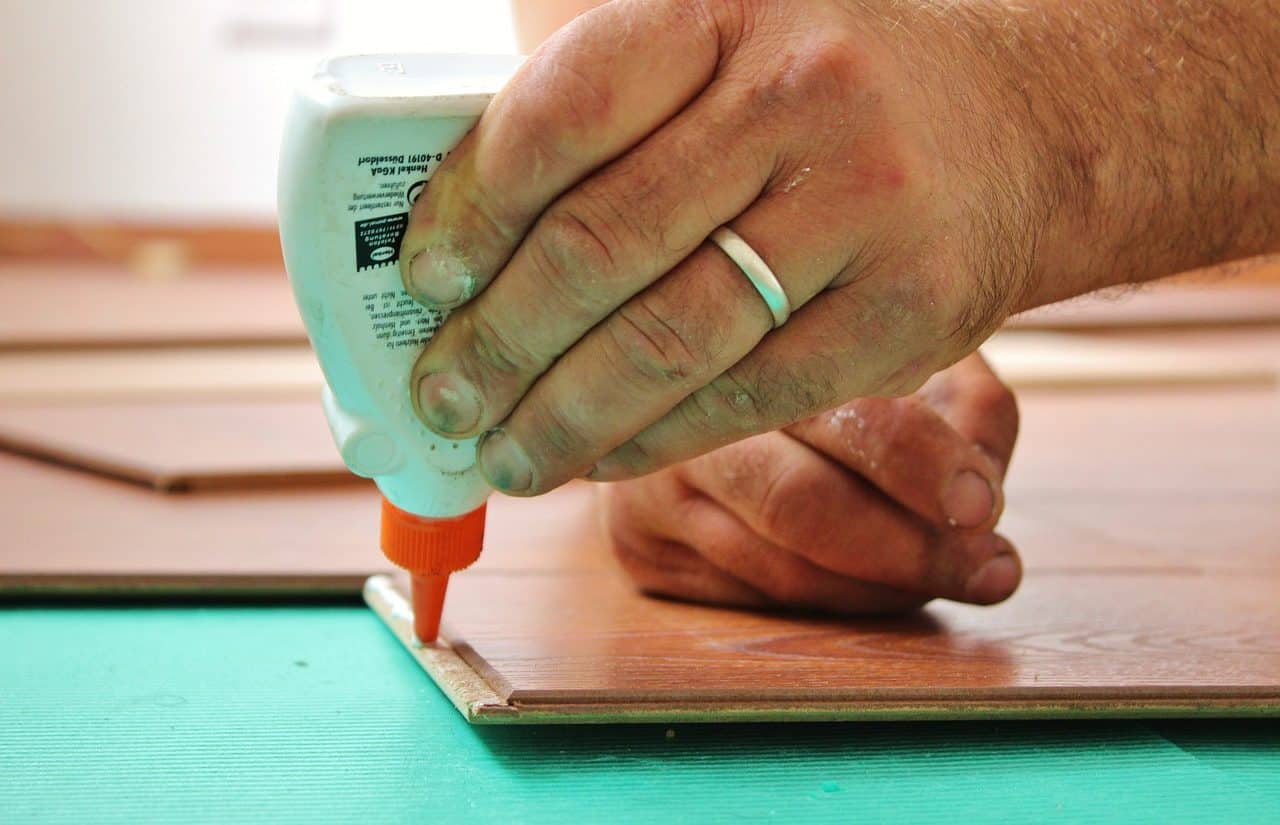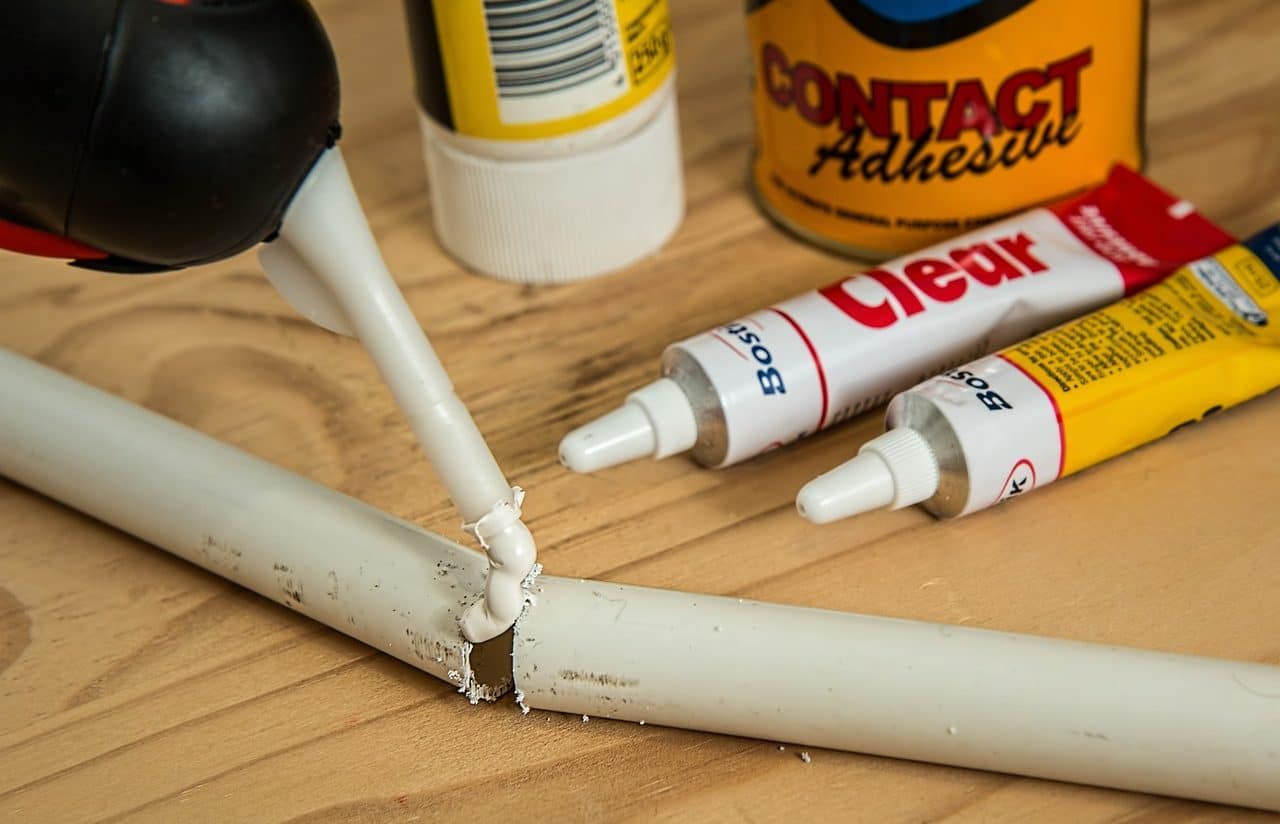
A glue is a product that makes it possible to adhere two elements or fragments.
A glue is a product that is used to bind and achieve adhesion of one object to another. What glue does, therefore, is glue .
For example: "I'm going to buy glue to fix the shoes," "The glue didn't work: I couldn't put the pieces of the pot together," "If you don't want to make a hole in the wall, you'll need a good glue to stick the painting together." to the window."
Uses of a glue
The purpose of a glue is to make things stick together once their surfaces come into contact. This means that the objects in question are not crossed or assembled , but are linked only thanks to the layer of glue.
Glues, on the other hand, can be intended for home use or have an industrial purpose. In the first case, we can mention the glues that children at school or office workers use to glue papers. Industrial glues , for their part, allow for stronger joints that are very difficult to break.
Among the components that allow the creation of glues are rubber of natural origin, various polymers and even substances derived from dairy products, corn and potatoes (or potatoes ).

Different types of repairs can be made with glue.
Classification according to type
There is a wide variety of glue types, some of which are listed below:
- Wet : they are only applied to one of the parts that you want to glue, having previously fixed both in the appropriate position . This type of glue acts as soon as the solvents evaporate (there are, on the other hand, so-called solvent-free glues, which have water as a substitute for them). For best results, it is recommended to use porous materials, since they promote the drying process.
- Contact : unlike the previous type of glue, this must be applied to the two parts that you want to glue. To achieve adhesion, strong pressure must be applied and wait for the solvents to evaporate. Once this point is reached, the effect is immediate, in addition to producing a load-resistant joint in a short time.
- Reagents : They are offered in one or two component versions and act when a reaction occurs that causes them to harden, which can be physical, catalytic or chemical.
+ One-component reagents : the reaction occurs with oxygen in the air ( aerobes ), metal ions ( anaerobes ; used when the glue cannot come into contact with air), humidity present in the air or UVA rays. This type of glue must be applied only on one of the sides that want to adhere and the reaction is instantaneous, once the second component acts, which may be one of those mentioned above;
+ Two-component reagents : these do not depend on the environment, like the first ones, but are sold with two pasty, powder or liquid components that must be mixed in a certain proportion and handled within the indicated time (what is known as shelf life ) since they begin to harden immediately. It is necessary to hold the parts until they are completely adhered. The time the process takes depends on the components and environmental conditions;
- Hot melt : they are sold in the form of sheet, powder, granules, net, stick or cartridge. They generally do not require any extra steps (such as mixing) and do not contain solvents. To work, this type of glue must be subjected to high temperatures (110°C to 220°C, depending on the product) and can be applied with the help of a gun.
- Self-adhesive : they maintain their adhesive capacity permanently and are used when you are not looking for a finish that lasts a long time. Some of the forms in which they are marketed, such as single- and double-sided adhesive tape, are very popular in educational and business environments.
